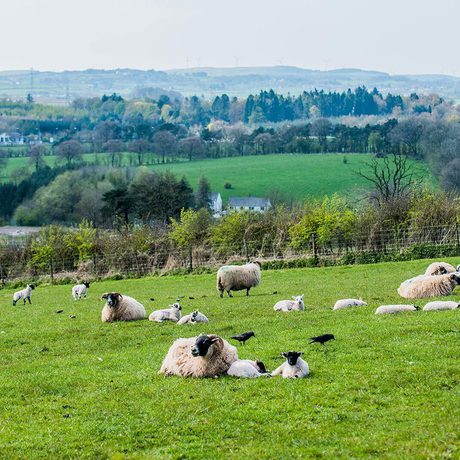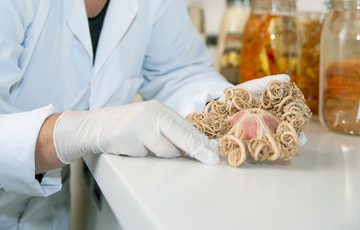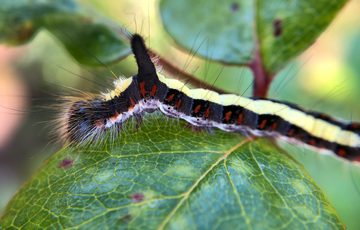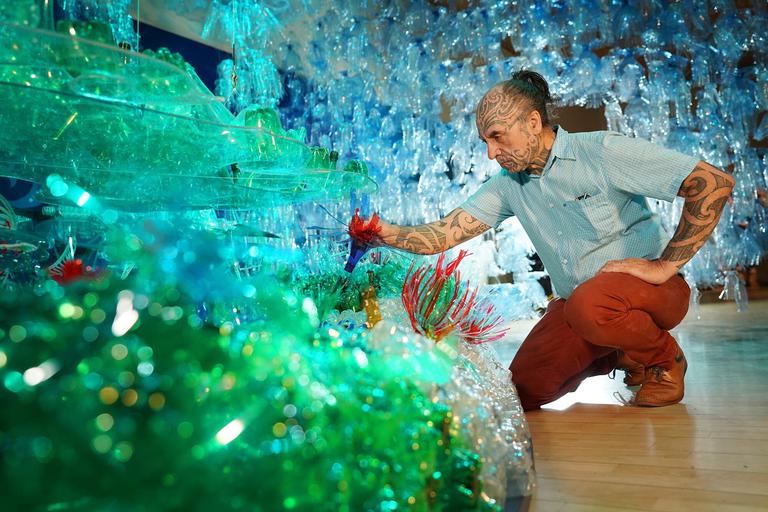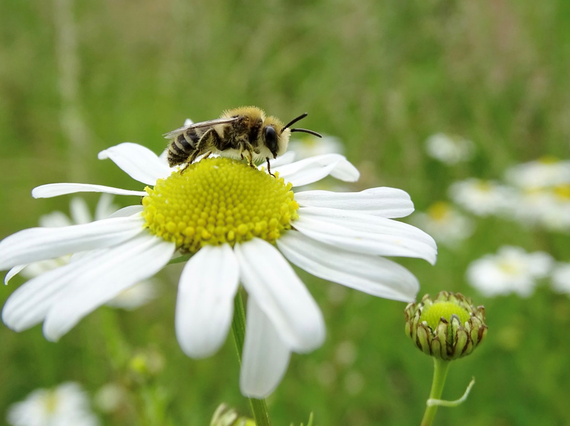
Sustainability
The global environmental emergency - not only the climate crisis but also large-scale biodiversity loss - is the biggest challenge facing the world.
We are committed to addressing the climate and biodiversity challenges, taking action across our whole organisation: our people, programmes, places and processes.
Our vision for sustainable development
Underpinned by our Vision: Inspiring People: Addressing the Challenges of Our Age, our Strategic Plan 2022-2027 sets out National Museums Scotland's commitment to sustainability.
Our Strategic Plan outlines how our work will be guided by five interconnected Strategic Aims:
- Our audiences will be more diverse, and more people will connect with our collections and their stories.
- We will be recognised as the world leader and preferred national partner for the interpretation of and engagement with Scotland’s material heritage.
- We will be well advanced on the path to net zero carbon and a respected resource for understanding climate and biodiversity challenges.
- The unique potential of our collections, expertise and programmes will be shared and valued internationally.
- We will be financially secure, supported by diverse income streams and confident in continuing to invest in our people, places and collection.
The Strategic Aim "We will be well advanced on the path to net zero carbon and a respected resource for understanding climate and biodiversity challenges." is supported by three Strategic Actions:
- Achieve carbon reduction targets
- Improve biodiversity and habitat quality at our sites
- Become a respected resource for understanding climate and biodiversity challenges.
In turn, these Strategic Actions direct our annual Action Plans ensuring that this year’s activities effectively tie back to the progression of our Strategic Aim.
Image gallery
Our Organisational Strategy for Sustainability 2023-2030
We are committed to changing our approach to address the climate and biodiversity challenges. Our actions are based on robust holistic thinking about the whole organisation: our culture and practices, people and estates. A framework for this thinking is enshrined in our Sustainable Development Policy Statement.
Our Organisational Strategy for Sustainability 2023-2030 evidences the work done to date, and then looks forward to 2030 to describe our objectives and outcomes.
Underpinning this work is a yearly Action Plan.
Download
More information
Our objectives
- Objective 1: Achieve whole organisation culture change and connect all colleagues to their role in effective sustainability performance.
- Objective 2: Develop the National Collection to represent the material culture of sustainability and biodiversity, and share our collections knowledge on a global scale.
- Objective 3: Develop a public programme to engage and inform the broadest audience reach enabling understanding and behaviour change.
- Objective 4: Ensure the enhancement of biodiversity at our museum sites through responsible caretaking and regular survey work.
- Objective 5: Meet all compliance obligations including carbon emissions targets with suitable risk-based systems in place underpinned by evidenced, reliable and transparent data.
- Objective 6: Develop funding-ready projects that meet the demands of future construction standards, prepare our buildings and infrastructure for climate change, and address carbon mitigation of our estate and its operations.
- Objective 7: Ensure we develop our own practice through continual improvement and sharing our work for museum sector benefit.
Compliance targets
Our key numerical compliance targets are an organisational carbon emissions total of no more than: 3,075 tonnes of carbon dioxide emissions (tCO2e) by 2030; 1,230 tCO2e by 2040; and net zero by 2045.
Our last full year’s organisational carbon footprint is 3,397 tCO2e (2023-24). This is a 72% reduction against our baseline year (1990-91) due to the last decade of resource investment and we are now working hard on achieving further reductions and a target of net zero.
A quick guide to the strategy
Each section of our Sustainability Strategy explains how outcomes will be measured.
- Section 1 Context: international, national and organisational
- Section 2 People: our work as employer and procurer
- Section 3 Programmes: research and collections development, and public programmes
- Section 4 Place-based work: biodiversity and habitats, and building adaptation
- Section 5 Review of Processes: carbon management, carbon target and net zero
- Section 6 Governance: materiality, risk management, reporting, strategy review and sharing our practice.
Our statutory responsibility
National Museums Scotland’s work directly aligns to the UN Sustainable Development Goals via Scotland’s National Performance Framework and the Scottish Climate Change Adaptation Programme.
International and UK legislation sets the pace for our response to the climate emergency, and the Climate Change Act (Scotland) 2009 (April 2019 updates) is of particular importance for us. These duties require that a public body must in exercising its functions act in the way:
Best calculated to contribute to the delivery of emissions reduction targets
Best calculated to help deliver any statutory climate change adaptation programme
That it considers is most sustainable.
Section 4 of the Act also reiterates our public engagement responsibility to address climate change through our work with visitors and audiences.
The Act states that the net zero carbon target in Scotland is 2045 - this target refers to zero being at least 100% lower than the baseline figure in 1990. There are also Interim Targets, each compared to the baseline figure in 1990/91: 75% reduction by 2030 and 90% reduction by 2040.
Our 1990/91 Organisational Fixed Baseline is set out in Our Organisational Strategy for Sustainability 2023-30 in Appendix 1.
Under the Nature Conservation (Scotland) Act (2004), all public bodies in Scotland are required to further the conservation of biodiversity when carrying out their responsibilities. The Wildlife and Natural Environment (Scotland) Act (2011) requires public bodies in Scotland to provide a publicly available report every three years.
Every year we report on our sustainable development work and carbon emission reductions to the Scottish Government. Describing our work from 2023-2024, read the latest Climate Change Report.
Some of the activities our staff have been involved with between January 2021 and December 2023, both in research and public engagement, are highlighted in our Biodiversity Report 2021-2023. This is a report we submit every three years to the Scottish Government.
Proactively using our collections
Tracking biodiversity
Our collection provides a rich resource for creating knowledge and understanding. In particular, our natural science collection represents almost 300 years of collecting, providing invaluable data sources for measuring biodiversity change over time.
The physical description of species (phenotyping) by taxonomists underpins all we know about biodiversity. However, we know that this is woefully incomplete and current estimates indicate that there are about 15 million species living on earth today, yet only 2 million are described. Recent advances in genetic techniques (DNA extraction and barcoding) have opened up our natural science collection to a range of new opportunities for understanding and monitoring biodiversity. The continued development of our Biobank over the past year is therefore key to the future growth and use of the collection.
As well as storing samples, we undertake scientific fieldwork to provide rich evidence-based research into environmental change and biodiversity loss. The work of the Natural Sciences team and the breadth of collections-generated information contributes to the effort in the UK and around the world of better understanding human impact on the environment.
In response to the pandemic we shifted survey work and monitoring of biodiversity to areas around Edinburgh. One of our most important collections of insects was made by Edward Pelham-Clinton in the 1900s with many of the biodiversity collecting sites being local. Over the past year our Invertebrates team has started to return to many of Pelham-Clinton’s collecting localities to re-sample them. This can be used to record how changing land use has impacted on biodiversity in our own ‘backyard’.
Centred at the National Museums Collection Centre we are collaborating with local community groups, schools, the Royal Botanic Garden Edinburgh and the National Galleries of Scotland to increase awareness of urban biodiversity. The team has begun a baseline biodiversity survey with plans to continue recording seasonal variations. As part of the community engagement programme, we aim to demonstrate the role of modest interventions in enhancing local biodiversity and to celebrate the urban environment.
Collecting innovations in sustainability
We are developing a research and collecting initiative to represent smart and sustainable transport within our collections. As transport becomes more user-centred and incorporates advances in online technologies, the aim is for public and private to become integrated, sustainable and seamless. The three strands of transport history that we already house in our collections – vehicles, systems, and infrastructure – are all changing rapidly, so we are liaising with public and research bodies to acquire samples and prototypes to reflect this development.
The LUTZ Pathfinder is a pioneering research and development project run by Oxbotica, carrying out the UK’s first trials in public pedestrianised areas of fully-automated vehicles. This is one of three pods used for trials in Milton Keynes in 2016, now in store at the National Museums Collection Centre. It is currently on display at the National Museum of Scotland.
Involving our audiences
Museums have always had an important role to play in creating spaces for people to debate, learn and share ideas and hope for a better future. We embrace our role in promoting awareness and conservation of the natural world and cultural heritage through our exhibitions, education and activities and by engaging our audiences in dialogue about changes beyond our walls.
Our touring exhibition, Monkeys! A Primate Story, has toured to seven international venues, showing how primates have evolved and adapted over time. It explores the relationship between humans our closest living relatives. With over 7 billion humans on the planet, primates have been forced to live with an expanding human presence. Human activity is putting many primate species at risk of extinction and the exhibition makes the case that it doesn’t have to be this way.
In the last few years, we have developed:
An exhibition called Rising Tide: Art and Environment in Oceania, which considered our relationship to the natural environment through contemporary responses to climate change and plastic waste by Indigenous Australian and Pacific Islander artists.
An exhibition called Scotland’s Precious Seas which explored the diversity of life on the coasts and in the seas of Scotland, as well as the threats it faces and how the national collection supports biodiversity research and conservation.
A gallery for young children, Adventure Planet, offering hands-on engagement with biodiversity issues and habitat protection
Empowering our team
As an employer, we are working with our teams to better understand and quantify the carbon impact of our work, and to develop and adopt new ways of working. By raising and maintaining awareness and providing the necessary resources and training we aim to deliver long-lasting change. We encourage active participation, corporately and individually, and have established an Advocates Group - green ‘champions’ from within our staff and volunteer teams - to help share and promote best practices and information.
You might also like
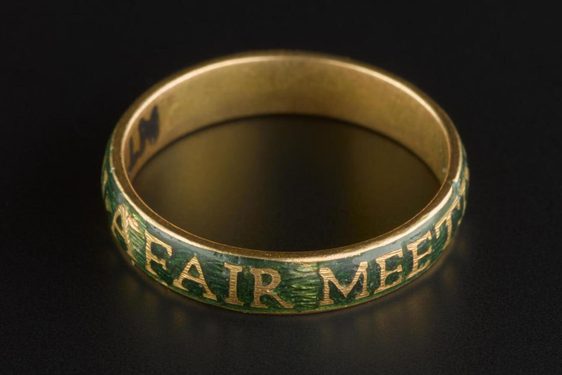
Search our collections
Over 820,000 objects and specimens from the National Collection can be accessed online.
Strategy
Our mission is to preserve, interpret and make accessible for all, the past and present of Scotland, other nations and cultures, and the natural world.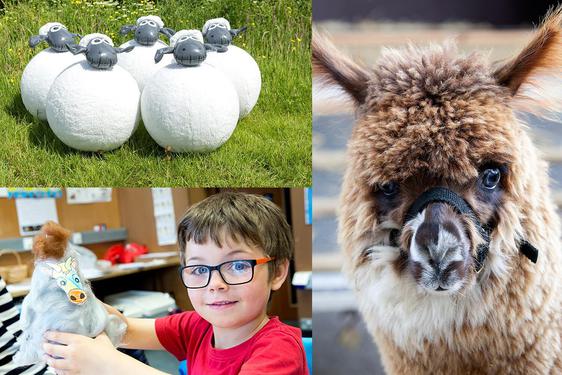
What's On
Exhibition, events, and activities taking place across our museums.
